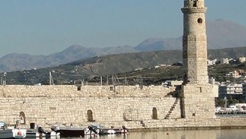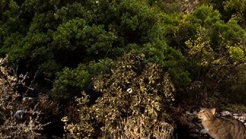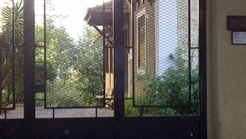

Greece
The Archanes Arachaeolgical Collection was inaugurated on August 21 1993, in the centre of the Archanes town, on the Tzami district.The exhibits are laid out in chronological order.
The Archanes Arachaeolgical Collection was inaugurated on August 21 1993, in the centre of the Archanes town, on the Tzami district.
The museum’s small building, a neoclassic building, was the first public school of the town, which operated until the 1920’s
The exhibits are laid out in chronological order. The first findings are of prehistoric times, from the Fourni cemetery.
The most important exhibit, are probably the various types of clay sarcophagi, even a child’s, and the tombal pithoi, as found with the bones of the deceased in reduced position, not only because a Cretan museum forms an idea on the burial of the dead, but because of the way of their underground exhibition.
Immediately after that, thre are ceramic exhibits from various burial buildings in Fourni, in a variety of shapes.
The ceramic exhibits, also contain 3 pithoi from the temple’s central room. There are also : a mold of the achates stamp the priest wore, and a copy of the copper weapon that was used for sacrifices, bearing an animal headed emblem on both sides.


Rethymno is the third-largest city in Crete island. The present city is built at the same location with the ancient Rethymno. Evidence for the existence of the city are from the 5th-4th century BC. The Rethymno washed by two seas, north of the Cretan and south from the Libyan Sea .The current population of count around 32,000 inhabitants.


The Museum of Natural History Crete has existed since 1980. Includes five parts: zoological, botanical and anthropological, Paleontological, geological and Oruktologiko.


The Marika Kotopouli Museum started operating on May 9 1990, in order to be a functional museum of modern art. The building is the summer house, built in 1926 by the great actress of the Greek Theatre Marika Kotopouli.
1039 Ε 6061 01515 00